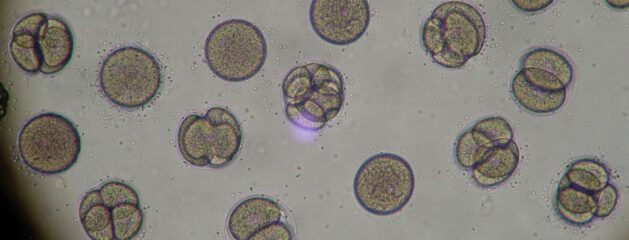“The wombat is one of Australia’s many unique creatures that is found nowhere else on earth. This animal is a marsupial – meaning it has a pouch in which prematurely born young finish their development. Having a pouch is great if you are a kangaroo – but a wombat is a burrowing animal. If the pouch opened toward the mom’s head, the pouch would quickly fill with dirt. So the wombat’s pouch faces backward; it opens towards the mother’s hind legs. Now,...
Read MoreThe Wombat – a Backwards Creature!!…But Evidence of a Designer!!









